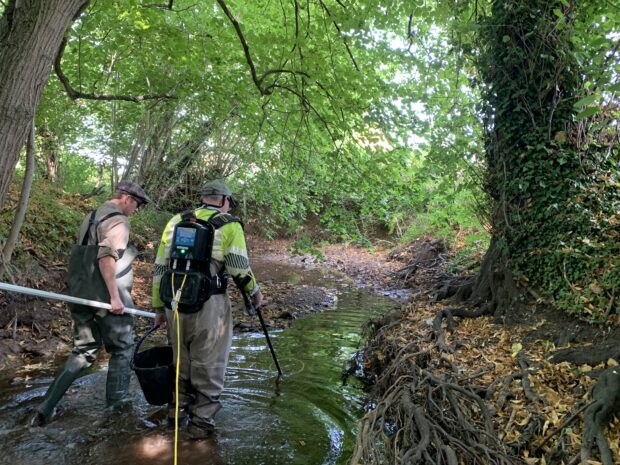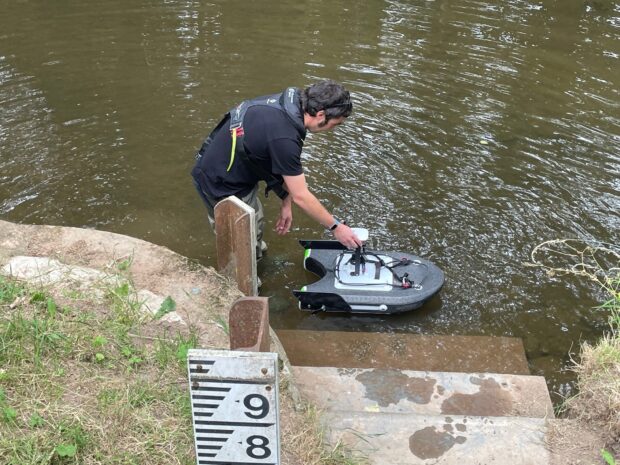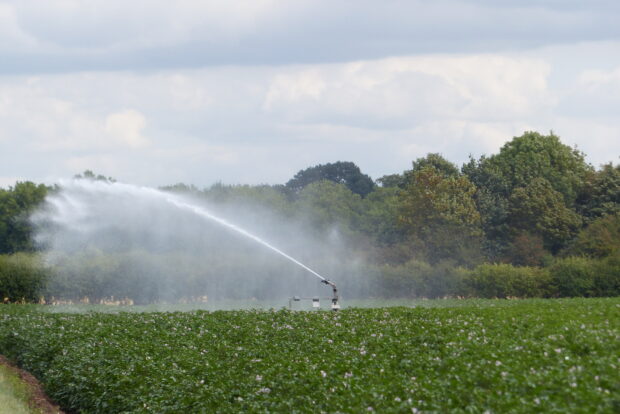
Over the past 50 years, England has suffered lots of droughts - some of the more notable ones include 1975-76, 1989-92, 1995-96, 2004-06, 2011-12 and recently 2018, 2022 and 2025. But what does this mean, how does the Environment Agency monitor it, and how are we responding?
Droughts are natural events that cannot be defined, as every drought is different. Whilst they are all caused by a shortage of rainfall, the characteristics (including timing, duration, impacts on people, the environment, agriculture and business) can vary.
Some droughts are short and intense, caused by a hot, dry summer. Others are long and take time to develop over multiple seasons due to low amounts of rainfall.
As a result of climate change, we are experiencing longer hotter summers and more intense rainfall in winters, leading to an increased likelihood of drought and flooding events.

What are the types of drought?
The main types of drought, which may occur separately or together, are:
- Agricultural drought – when there isn’t enough rainfall and moisture in soils to support crop production or farming practices such as spray irrigation.
- Environmental drought – when lack of rainfall has a detrimental impact on the environment and ecology.
- Water supply drought – when a lack of rainfall leads to concerns from water companies about supplies for their customers.
The Environment Agency monitors various indicators (such as rainfall, river flows, groundwater levels, reservoir storage, ecology, public water supplies) and will decide the level of drought an area is in.
We use four stages to describe and manage our response:
- Prolonged dry weather – characterised by a period of dry weather that is impacting on river flows, groundwater levels and water levels in lakes and reservoirs.
- Drought – characterised by further deterioration to the environment and impacting agriculture, people and businesses.
- Severe drought – resulting in extensive, lasting effects on the environment, farming, people, communities, and the economy. The lack of water leads to serious water shortages and widespread impacts across sectors. It’s when the lack of water begins to disrupt daily life and the environment in major ways.
- Recovering from drought – drought impacts reducing and returning towards normal ranges for the time of year.
You can keep up-to-date with the latest dry with situation with our Dry weather and drought in England: summary reports.

What does the Environment Agency do during dry weather and drought?
The Environment Agency has a statutory duty under The Water Resources Act 1991 to ensure there is enough water for people and the environment. During dry weather, we carry out a range of actions to monitor, report and act to reduce the impacts of dry weather on the natural environment.
The Environment Agency is responsible for:
- Making sure that those abstracting water are not taking more than they are licensed to. We work with water abstractors to balance the needs of the public, industry and farmers, and the environment, to ensure long-term water resilience.
- Running water transfer schemes where water is moved locally to meet specific needs for public water supply, agriculture and industry, as well as to help safeguard the water environment as low river flows can impact fish, other wildlife and habitat.
- Responding to environmental incidents, such as fish in distress, and conducting fish rescues.
- Helping with support packages for farmers affected by drought. For example, water trading between farmers in catchments to help reduce water usage, as well as allowing them to abstract water where it doesn’t harm the environment and other water users. You can see the latest irrigation prospects on the Farming Advice Service.
- Ensuring all water companies follow their drought plans and are planning for reasonable worst-case scenarios.
- Managing and maintaining parts of England’s navigable waterways, balancing environmental protection with recreation and abstraction licences to ensure water levels are retained as far as possible. You can check river conditions and closures on gov.uk.
- Chairing the National Drought Group, bringing together government, regulators, industry and other stakeholders to provide a multi-sector overview and strategic management of drought.
Further information on how the Environment Agency responds to dry weather can be found: Drought: how it is managed in England

Leave a comment